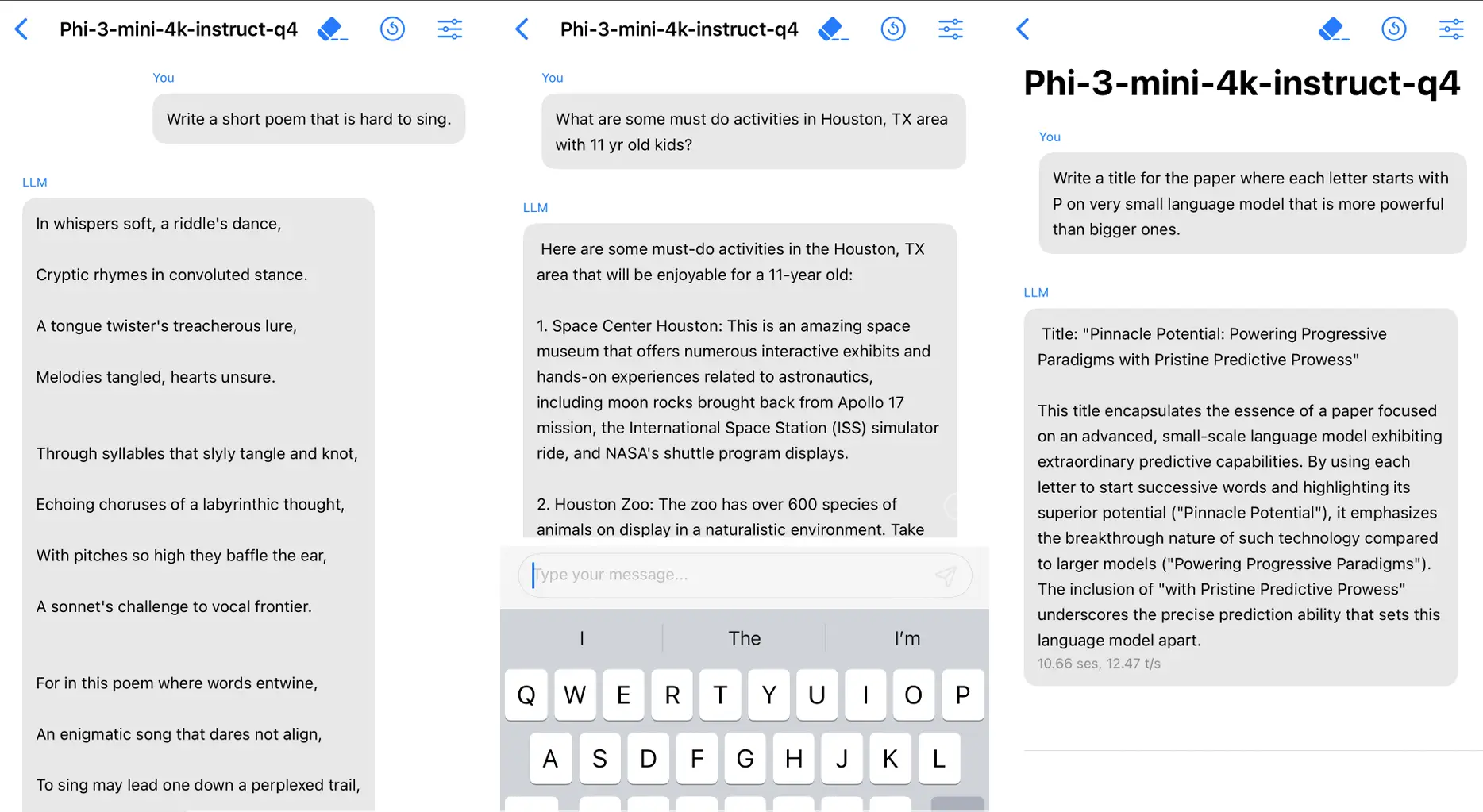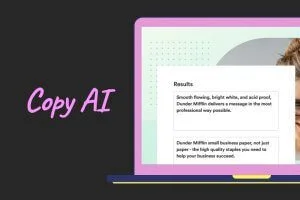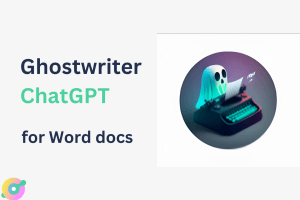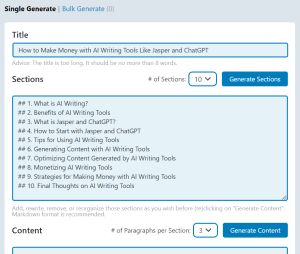The Phi-3 small language model, developed by Microsoft, is a groundbreaking innovation in the field of artificial intelligence. This model is part of the Phi-3 family of open AI models and is designed to be more accessible and cost-effective for a broader range of users with limited resources.
The Phi-3 models, including Phi-3-mini, Phi-3-small, and Phi-3-medium, are small language models (SLMs) that offer impressive capabilities while being smaller in size and trained on smaller datasets compared to traditional large language models (LLMs).
Key features and specifications of the Phi-3 small language model include:

- The Phi-3-mini model measures 3.8 billion parameters and outperforms models twice its size, showcasing its efficiency and effectiveness.
- It is the first model in its class to support a context window of up to 128K tokens without compromising on quality, providing versatility in various AI-driven tasks.
- Phi-3 models, including the small language model, have been developed in alignment with the Microsoft Responsible AI Standard, ensuring accountability, transparency, fairness, reliability, safety, privacy, security, and inclusiveness.
- These models are optimized for different platforms, including Microsoft Azure AI, Hugging Face, Ollama, Nvidia Inference Microservices (NIM), and ONNX Runtime, making them adaptable to various computing environments.
The Phi-3 small language model represents a significant advancement in AI technology, offering a more efficient and accessible solution for users with limited resources while maintaining high performance and quality in language processing tasks.
Overall, Phi-3 SLMs represent a new generation of AI models that are poised to make machine learning more accessible and affordable for businesses and individuals alike.












